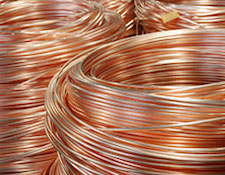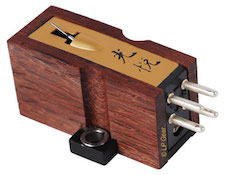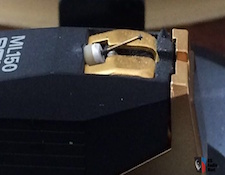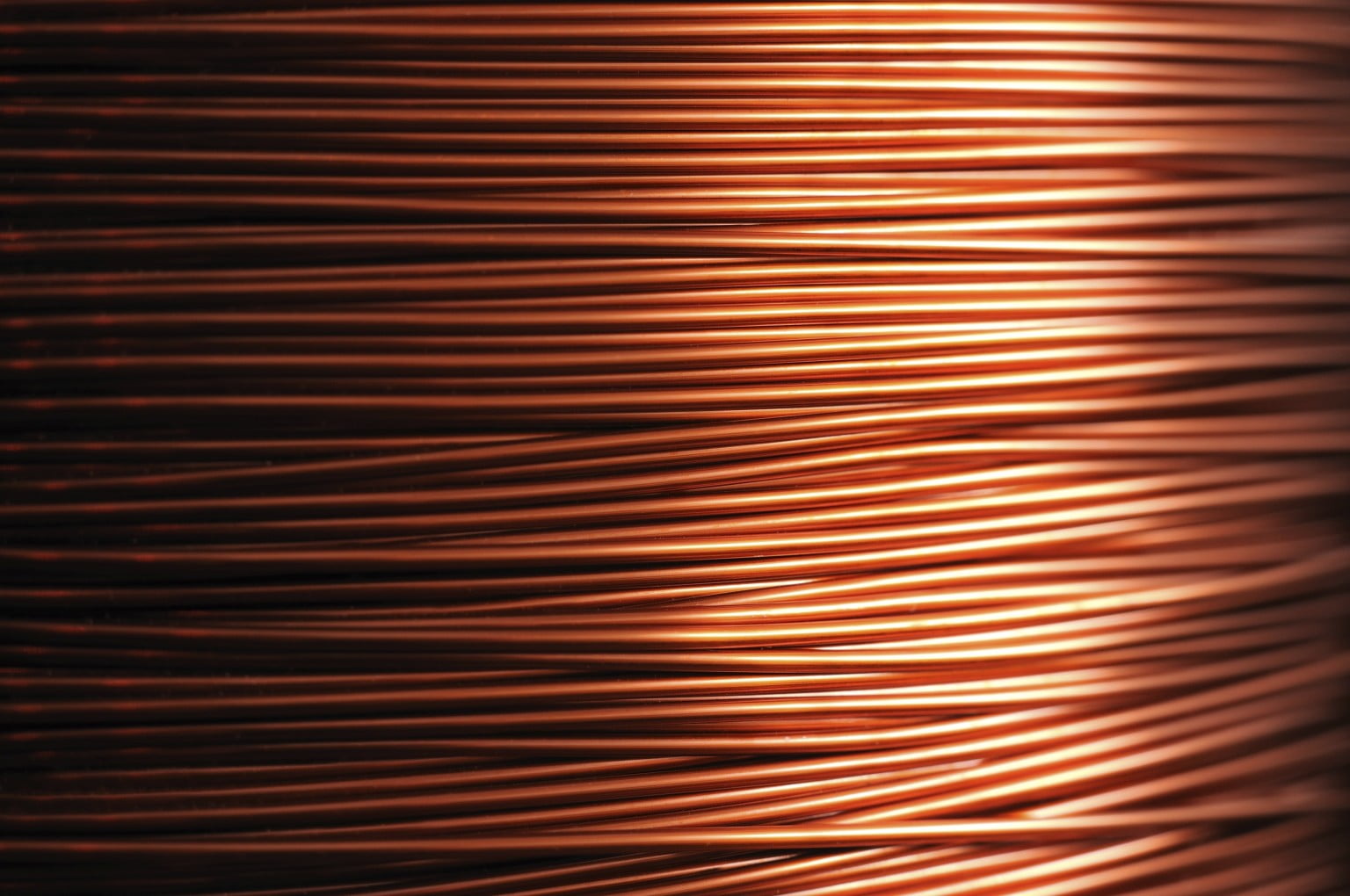It’s the time of year for saving money!
I started this this series about some of the exotic materials that our High-End audio toys and goodies are made of by mentioning things like the Koetsu Rosewood phono cartridge, the Kiseki Lapis Lazuli cartridge, some gold-plated amplifiers from Goldmund, and the “Ongaku” amplifier, from Audio Note, which had its internal wiring, capacitors, and even transformer windings all made from silver. From there, I went on to talk about a number of other materials; mostly metals, and mostly in terms of their electrical characteristics and the things that some people believe may give them or contribute to their characteristic “sound”.
 Appearance certainly does contribute to our likelihood to buy one particular product instead of another but, because the determination of whether a particular appearance is really “better” is purely a matter of personal taste, and because (as the saying goes), “There’s no accounting for taste”, I decided to stick almost entirely with characteristics that could easily be identified as performance-related.
Appearance certainly does contribute to our likelihood to buy one particular product instead of another but, because the determination of whether a particular appearance is really “better” is purely a matter of personal taste, and because (as the saying goes), “There’s no accounting for taste”, I decided to stick almost entirely with characteristics that could easily be identified as performance-related.
That’s not to say that something that’s pretty can’t affect performance: One of the materials I wrote about, even in that first article, is carbon fiber which, because of its unique combination of lightness, rigidity, and strength, could very well be a real boon to designers of High-End tonearms. In some of the applications for which it’s actually used, though – things like connector “shells”, or the plinth or platter surface for a High-End turntable – those things seem to offer no performance benefit at all and carbon fiber does nothing that other materials couldn’t do, other than to make the products that use it prettier and more expensive.
There are performance benefits, though, that are either not electrical or not directly electrical in nature, and exotic materials can, in some instances, be either a good source or even the ONLY source for them. One way or another, many of these other benefits are motion-related; either in terms of allowing or restricting motion (whichever may be desired in the specific instance at hand) or in terms of the presence, frequency, or amplitude of its resonance in the application for which it’s used.
One motion-control application comes immediately to mind: In most phono cartridges, the pickup stylus is attached to a cantilever which is pivoted and has mounted to it, AFTER the pivot, elements of the generator that produces the cartridge’s output. Putting it most simply, at one end of the cantilever is the stylus, then comes the pivot, then the generator element – either the magnet or “iron” of a moving magnet or moving iron cartridge or the coil assembly for a moving coil cartridge – and it’s all set-up so that if, in following the groove, the stylus-end of the cantilever moves in any direction (right, left, up, down), the other end of the cantilever (and whatever’s attached to it) moves in the opposite direction, just like a seesaw or any other first class lever.
 Now here’s where it starts to get interesting: Unless the cantilever is ABSOLUTELY rigid, meaning that (in the case of a first class lever with its fulcrum [the pivot]at its exact center) unless moving one end one unit of distance (take your pick – thousandths of an inch? fractions of a millimeter?) in any one direction will produce movement of EXACTLY one unit of distance by the opposite end in the opposite direction, there will be losses in the system and NOT ALL OF THE RECORDED MUSIC WILL BE DELIVERED.
Now here’s where it starts to get interesting: Unless the cantilever is ABSOLUTELY rigid, meaning that (in the case of a first class lever with its fulcrum [the pivot]at its exact center) unless moving one end one unit of distance (take your pick – thousandths of an inch? fractions of a millimeter?) in any one direction will produce movement of EXACTLY one unit of distance by the opposite end in the opposite direction, there will be losses in the system and NOT ALL OF THE RECORDED MUSIC WILL BE DELIVERED.
The way, of course, for those losses to happen is for the cantilever to flex instead of being totally rigid. If there’s any flexure at all, some of the movement at the initiating end (the stylus) will be absorbed by the flexure and the other end will not move as much as it should to create the full output required by the information in the groove. Any number of methods have been tried to fix or alleviate this, but all of them can ultimately be reduced to just one or a combination of three things: 1) A design like that of the decca or Ikeda cartridges can be used to eliminate the cantilever entirely; 2) the cantilever can be made shorter, to reduce bending leverage and thereby increase effective stiffness; or 3) it can be made of a more rigid shape or material to provide greater inherent rigidity.
Read more on Page 2
]]>Dynavector used both what may be the ultimate exotic material, and extreme shortness, in its efforts to solve the problem of cantilever rigidity. Not only did they use, like everybody else, a diamond stylus, but, because diamond is an inherently very rigid material, they mounted that stylus at the end of a very short solid diamond cantilever having, if I remember correctly, a rectangular cross-section. The results? It worked very nicely, and cartridges from Dynavector embodying that design have long been recognized as among the very top performers.
 Another exotic material used for the same purpose is Beryllium. This, though contact with it can produce a strong allergic reaction (so be very careful not to accidentally swallow your phono cartridge) has been said (by Yamaha, among others) to be the most rigid of all naturally occurring materials and a number of cartridge manufacturers have all offered it, either as standard or as an option. Boron, too, was offered for the same use, for the same reason. And, to enhance rigidity even more, manufacturers have used not only rods of exotic or-not-so-exotic material (aluminum, for example), but also single-diameter tubes, tapering tubes, and tapering or multi-diameter rods.
Another exotic material used for the same purpose is Beryllium. This, though contact with it can produce a strong allergic reaction (so be very careful not to accidentally swallow your phono cartridge) has been said (by Yamaha, among others) to be the most rigid of all naturally occurring materials and a number of cartridge manufacturers have all offered it, either as standard or as an option. Boron, too, was offered for the same use, for the same reason. And, to enhance rigidity even more, manufacturers have used not only rods of exotic or-not-so-exotic material (aluminum, for example), but also single-diameter tubes, tapering tubes, and tapering or multi-diameter rods.
For the same reasons as it used Beryllium cantilevers for its phono cartridges – physical lightness and extreme rigidity — Yamaha also developed and was the first to use beryllium-coned tweeters and mid-range drivers in some of its speakers, including some (the NS-1000M, for example) that have become classics in studio monitoring applications. Just as flexure in a phono cantilever translates directly to loss of output and distortion, so does flexure in a speaker cone, and Yamaha’s beryllium cones are unquestioned leaders in ensuring the cone and dome rigidity of their drivers.
As I mentioned before, motion control can also apply to resonance, another crucial factor in accurate audio reproduction. I’ll write a little about that subject next time.
See you then.








